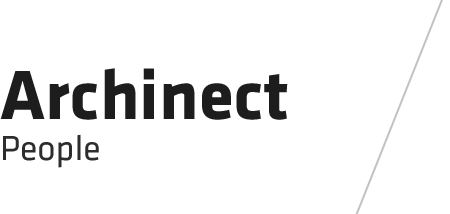
This project started off with the identification of a corner. With site influences of a civic zone towardsthe northwest and a small park area also in the same direction, the northwest quadrant is assignedthe task of not only addressing this force, but completing the large civic core of Boyle Heights.To emphasize this corner, a parti in which the corner is broken off and rotated to face true north isemployed. The corner also houses the most important piece of program, the council chamber.The other three quadrants are carved to accent the space created by the twist and house the restof the program, which are strategically assigned according to public accessibility and appropriateadjacencies. As for the axis that divide the building, they are utilized as major circulation and an atrium that allows for natural light and ventilation for the entire building.
The structure of the main building is a simple steel moment frame, appropriate for the designed height and span. Columns that are exposed generally do not interfere physically with the planning of the design. However, columns adjacent to the carved surfaces are molded to follow the curvature of the envelope in order to complement the organic space created inside.
Although a frame structure works well with the main building, the twisted council chamber lacks thetolerance of disruptive columns. Because of the nature of the geometry, the twist is still a ruledsurface allowing for straight sections. Therefore, tube sections are installed in intervals of eight feet,forming a diagrid. As a result, the twist takes on a similar form of tube structures used in high risebuildings and is then able to stabilize the building against lateral loads and the gravity loads of thechamber and the roof.
Due to the transparency in the design, a shading device is crucial for sustainability and a secondaryskin system is introduced. On the south and west side of the building, the skin comprise of photovoltaic cells that actively collect energy. As it wraps around the building, it transforms into fritted glass panels with various density according to the amount of sun that will hit the surface. The skin also continues into the building to serve as partitions and railings for certain programs. To maintain a graphic quality for the skin, only vertical mullions are used. To withstand lateral loads, the entire skin system is connected to catwalks and then to the main structure. Or, in the case of the council chamber, it is connected to an undulating truss connected to the main structure through gusset plates.
Lastly, due to the high amount of glass and the bright weather, glare may be a big issue in thechamber. Therefore, a glass waffle slab that twists according to the curvature of the overall structure is installed as the roof. With this, transparency in the council chamber is maximized without sacrificing practical needs.
Status: School Project